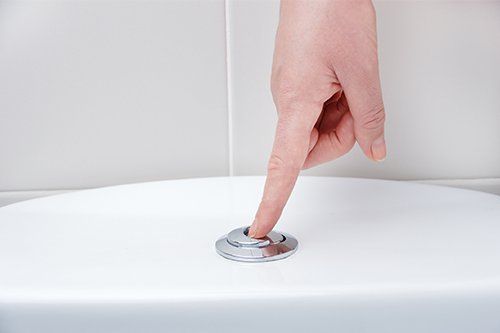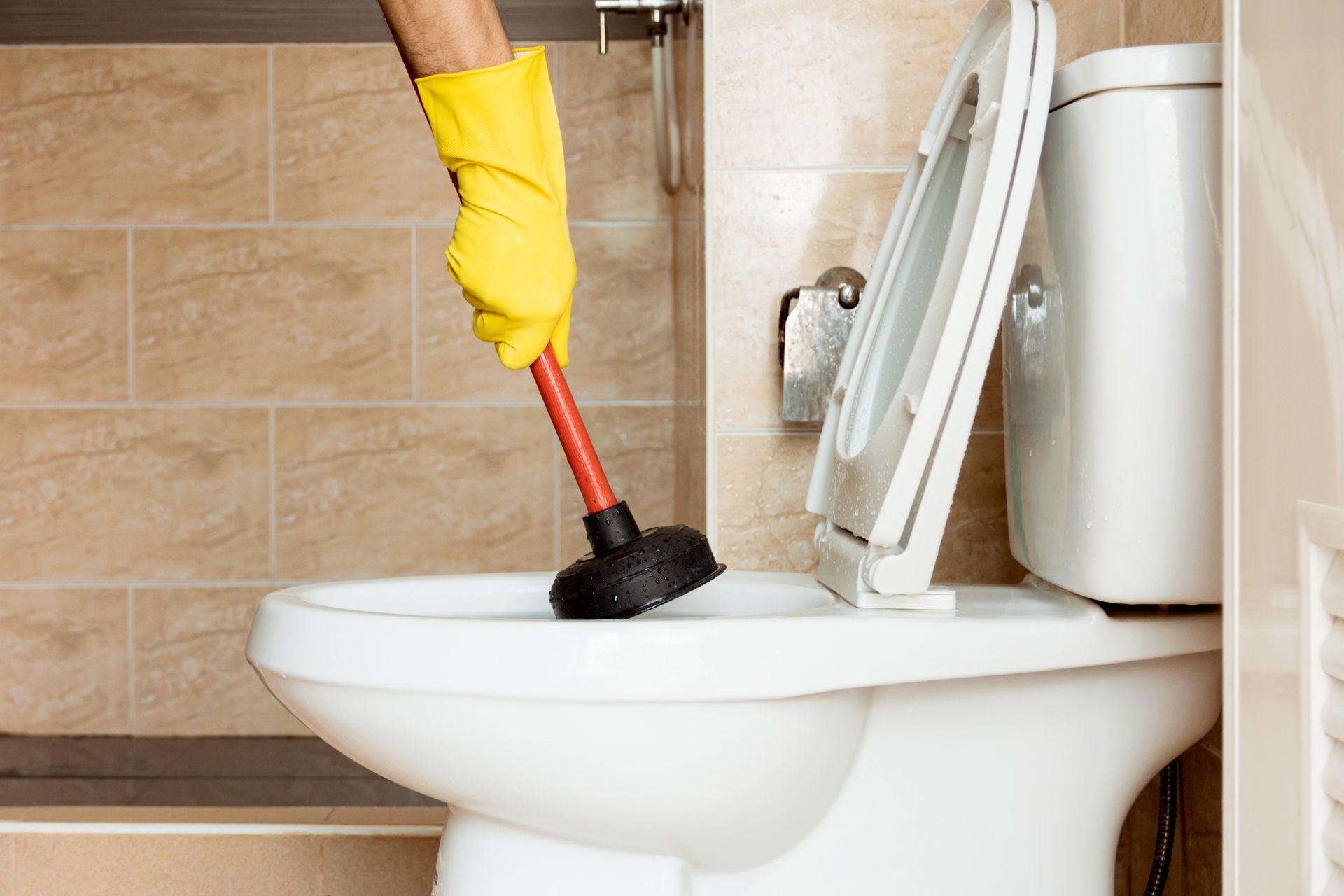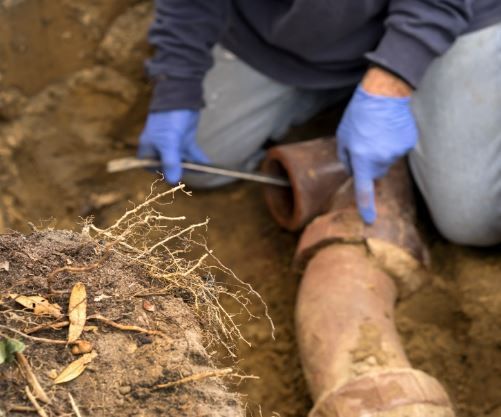5 Factors That Influence Your Toilet's Water Efficiency
- By Admin
- •
- 07 Aug, 2019
- •

You've probably heard of low-flow showerheads and toilets, but have you stopped to think about the great differences between old toilets and newer, more eco-friendly toilets? For one thing, newer toilets are often much more water efficient.
Here are five factors that affect whether your toilet is water efficient or not.
1. Fill Valve
Standard toilets tend to have one fill valve that pumps water to both the tank and the toilet bowl until both are filled. Since the bowl fills much faster than the tank, some water tends to go down the drain as overflow with each flush.
Homeowners who want to increase water efficiency can have a special water-saving valve installed that allows for correct calibration. Correct calibration means that the correct amount of water is diverted to the bowl. This helps the bowl and the tank fill at similar speeds so less water is wasted each day.
2. Tank Size
Older toilets may have tanks that are much larger than necessary. In some cases, these types of tanks can use several gallons per flush. Newer toilets are typically designed with tanks that are sized appropriately for the amount of water an optimal flush requires. Some homeowners simply place a two-liter bottle of water in the tank to reduce its extra capacity.
If you're replacing your toilet and want to make sure you get one designed to optimize flushes like this, look for the WaterSense certification. WaterSense is an EPA program to help consumers choose water-efficient options.
3. Flapper
Anytime the toilet's flapper doesn't seal well, extra water can leak out of the tank. This is obviously quite wasteful, so you should keep an eye out for signs that your toilet is losing water through the flapper. For example, if the toilet seems to run constantly, this can indicate a problem.
You'll also want to avoid doing anything that might damage the flapper. For example, putting cleaners in the tank can chemically damage the plastic. And, putting a brick in the tank (which is sometimes done in an attempt to save water) can cause brick crumbles to get into the workings of the flapper and keep it from sealing.
4. Single or Dual Flush
A dual-flush toilet can save water by using the appropriate amount needed for different types of flushes. A toilet with only one type of flush available has to use the amount of water needed for a solid waste flush, whether solid waste is actually present or not.
A dual flush provides more flexibility, allowing you to use less water when only flushing liquid waste and toilet paper. This avoids wasting water by using more than is really needed on these types of flushes.
5. Flush Mechanism
No matter how well a toilet bowl is designed, you can only go so low before the amount of water isn't forceful enough to fully flush waste on just gravity power. That's where pressure-assisted flushing mechanisms come in. Some low-flow toilets are designed with this mechanism in order to give the flush a little boost without using extra water.
The pressure comes from a burst of air that pushes at the flushing water from behind, giving it extra force so that it can clear out the toilet bowl more efficiently. In this way, a pressure-assisted flush can help reduce water waste while still providing a powerful flushing action.
These five factors can all affect whether or not your toilet can operate in a water-efficient manner. If your toilet is older, you probably don't have a dual flush, a pressure-assisted flush, or an optimized tank size. You can increase the efficiency by having a dual flush kit retrofitted into your toilet, but eventually you'll want to start shopping for a newer model.
Whether you're looking for water-saving tips, toilet installation help, or other plumbing advice and work, Peter Piper's Plumbing & Drain Cleaning Service is here for you. Get in touch with us today to discuss your toilet replacement.





